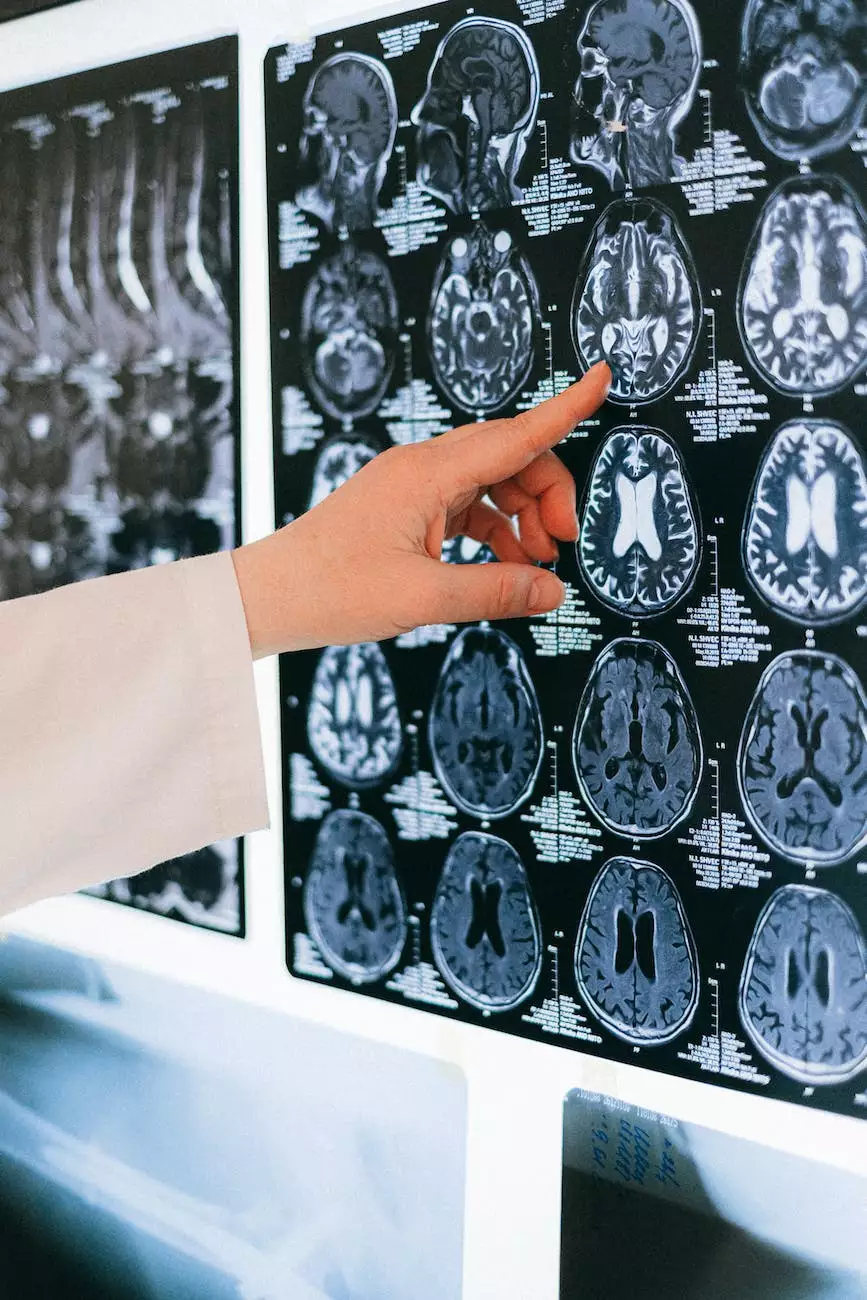MRIs in Multiple Sclerosis Explained
Blog
The Role of MRIs in Diagnosing and Monitoring Multiple Sclerosis
Welcome to Bowling Orthopaedics, your trusted source for comprehensive health information in Piedmont HealthCare. In this detailed guide, we will explore the role of MRIs (Magnetic Resonance Imaging) in diagnosing and monitoring Multiple Sclerosis (MS). If you or a loved one have been diagnosed with MS or suspect its presence, understanding how MRIs can aid in diagnosis, assess disease progression, and guide treatment decisions is crucial.
What is Multiple Sclerosis?
Multiple Sclerosis is a chronic autoimmune disease in which the immune system mistakenly attacks the protective covering of nerve fibers (myelin) in the central nervous system. This leads to disruptions in the flow of electrical impulses between the brain, spinal cord, and other parts of the body, resulting in a wide range of symptoms depending on the location and extent of the nerve damage.
The Importance of MRIs in Diagnosing Multiple Sclerosis
MRIs play a vital role in the accurate and timely diagnosis of Multiple Sclerosis. While there is no single definitive test for MS, MRIs can provide valuable insights into the presence and extent of the characteristic lesions in the central nervous system. The use of contrast agents during MRI scans enhances the visibility of active lesions, providing neurologists with critical information to confirm the diagnosis.
Thanks to advancements in MRI technology, these scans can detect even the smallest lesions that may not be visible through other diagnostic methods. This enables early detection and intervention, leading to improved outcomes and a better quality of life for those living with MS.
Monitoring Disease Progression with MRIs
Not only do MRIs assist in the initial diagnosis of MS, but they are also valuable tools for monitoring disease progression and treatment efficacy over time. Regular MRI scans allow healthcare professionals to visualize any new lesions, changes in lesion size, or lesion activity. These findings guide treatment decisions, such as modifying medication regimens or exploring new approaches to managing symptoms.
By closely monitoring disease activity through MRIs, healthcare providers can make informed decisions to optimize treatment plans and ensure the best possible outcomes for individuals with MS.
Advanced Techniques in MRI Imaging
Bowling Orthopaedics, in collaboration with Piedmont HealthCare, is at the forefront of utilizing advanced imaging techniques to improve the diagnosis and management of Multiple Sclerosis. Our experienced team of radiologists and neurologists leverage cutting-edge technologies such as:
- Diffusion-weighted imaging (DWI): This technique measures the random motion of water molecules in tissues, providing valuable information about tissue integrity and the presence of acute lesions.
- Functional MRI (fMRI): By capturing changes in blood flow and oxygenation patterns during specific tasks, fMRI helps evaluate the impact of MS on cognitive function and identify potential areas of compensation in the brain.
- Magnetic resonance spectroscopy (MRS): MRS provides insights into chemical changes within the brain, aiding in the assessment of neuronal damage and disease progression.
Through these advanced imaging techniques, Bowling Orthopaedics aims to provide the most accurate and comprehensive assessments for individuals with MS, ensuring optimal treatment outcomes and improved quality of life.
Conclusion
In conclusion, MRIs are invaluable in the diagnosis and monitoring of Multiple Sclerosis. Bowling Orthopaedics, part of the trusted Piedmont HealthCare network, is committed to leveraging state-of-the-art MRI imaging techniques to aid in the timely and accurate diagnosis of MS, as well as guide treatment decisions for improved outcomes. If you have any concerns or would like to learn more, our team of experts is here to assist you. Contact Bowling Orthopaedics today to schedule an appointment or consultation.




